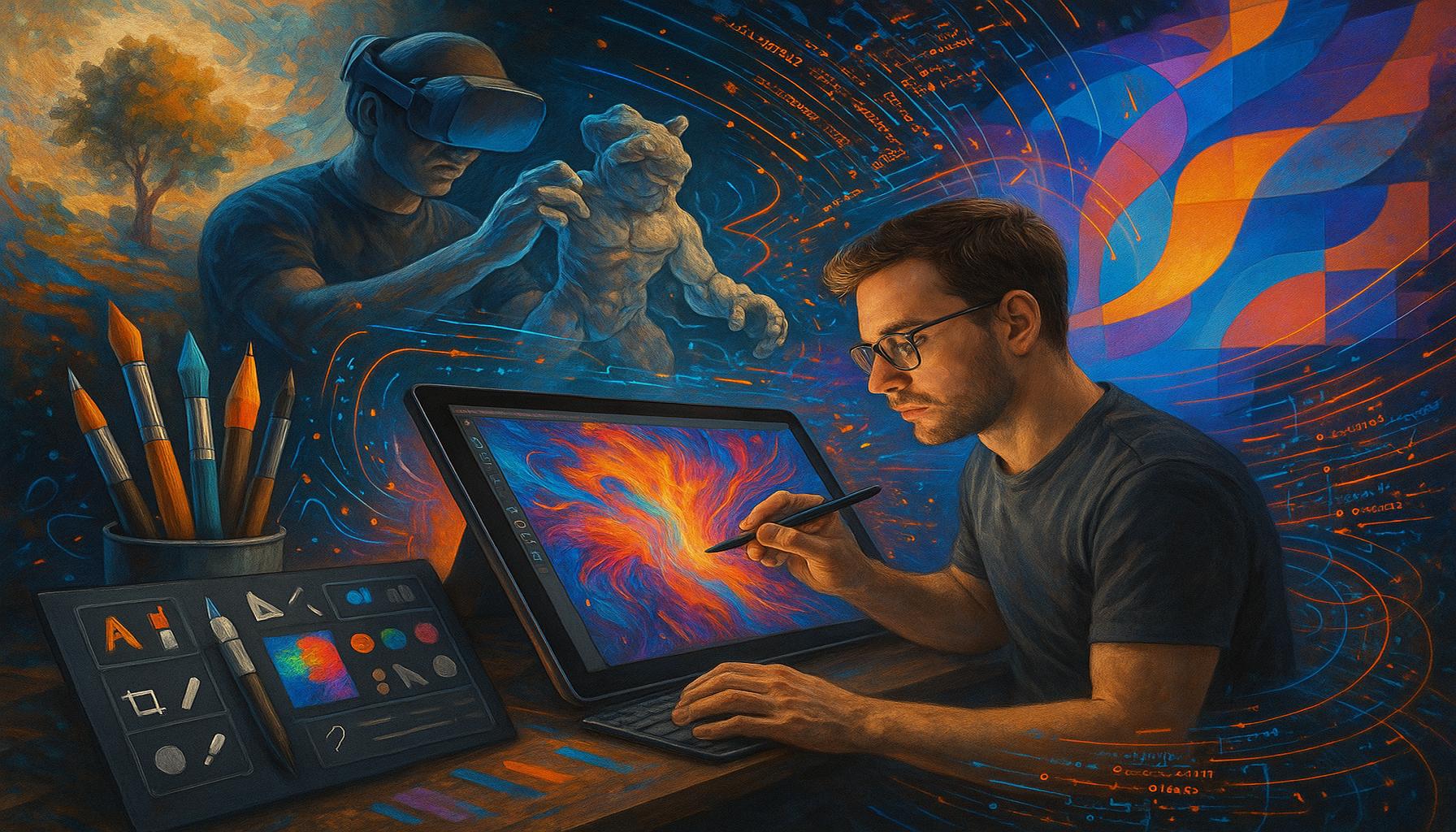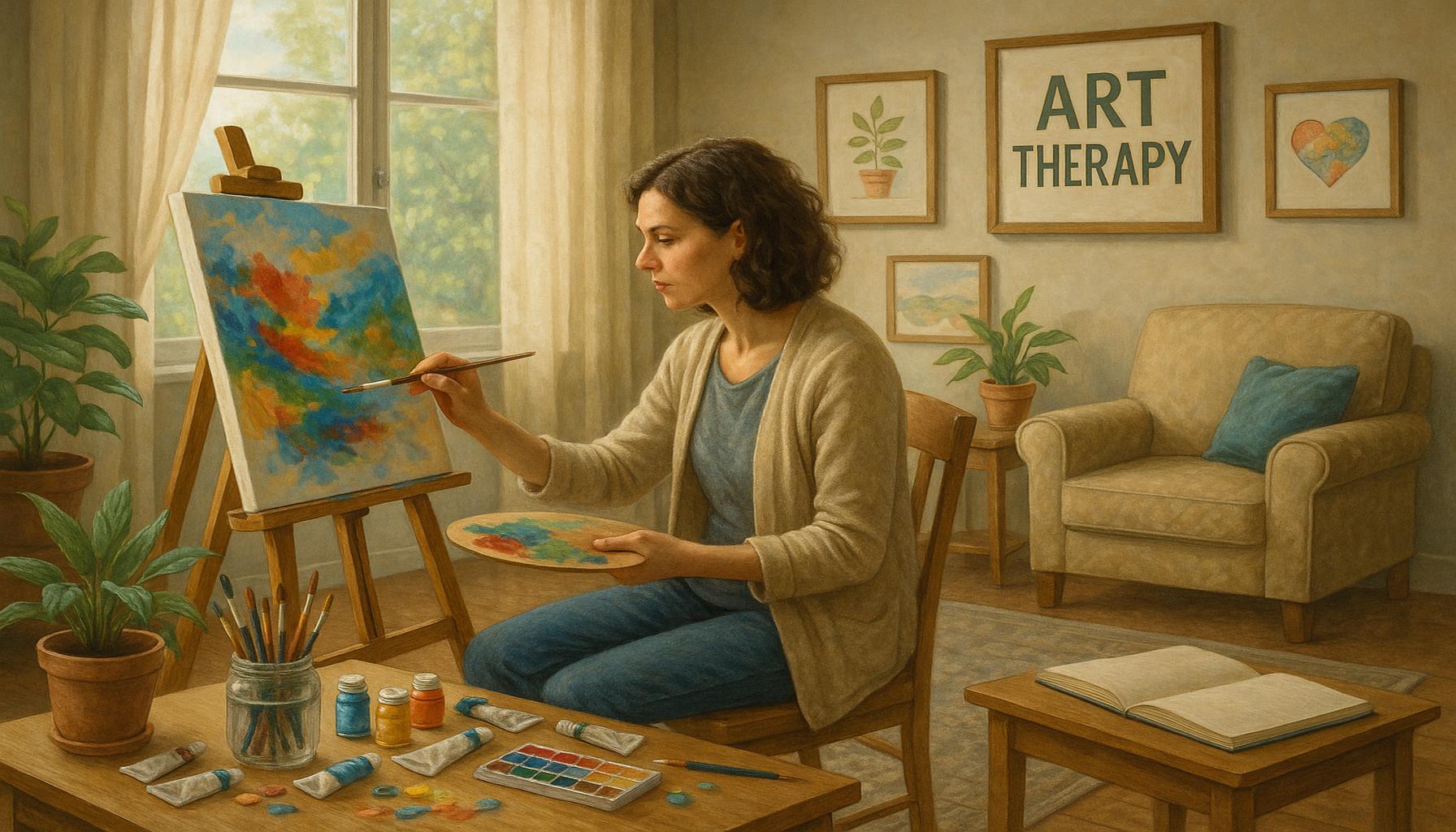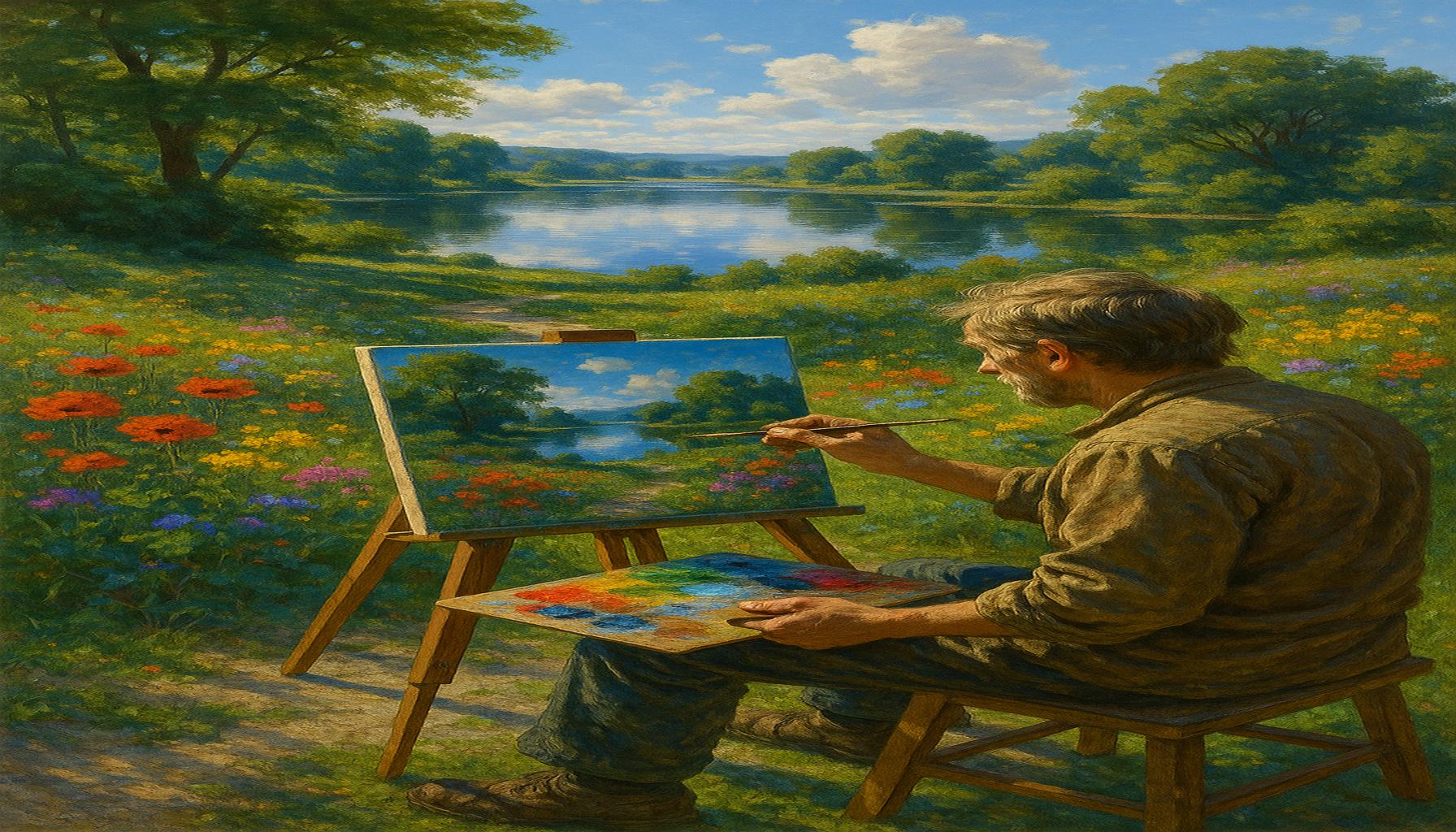The Evolution of Digital Art: How Technology Is Transforming the World of Artistic Creation
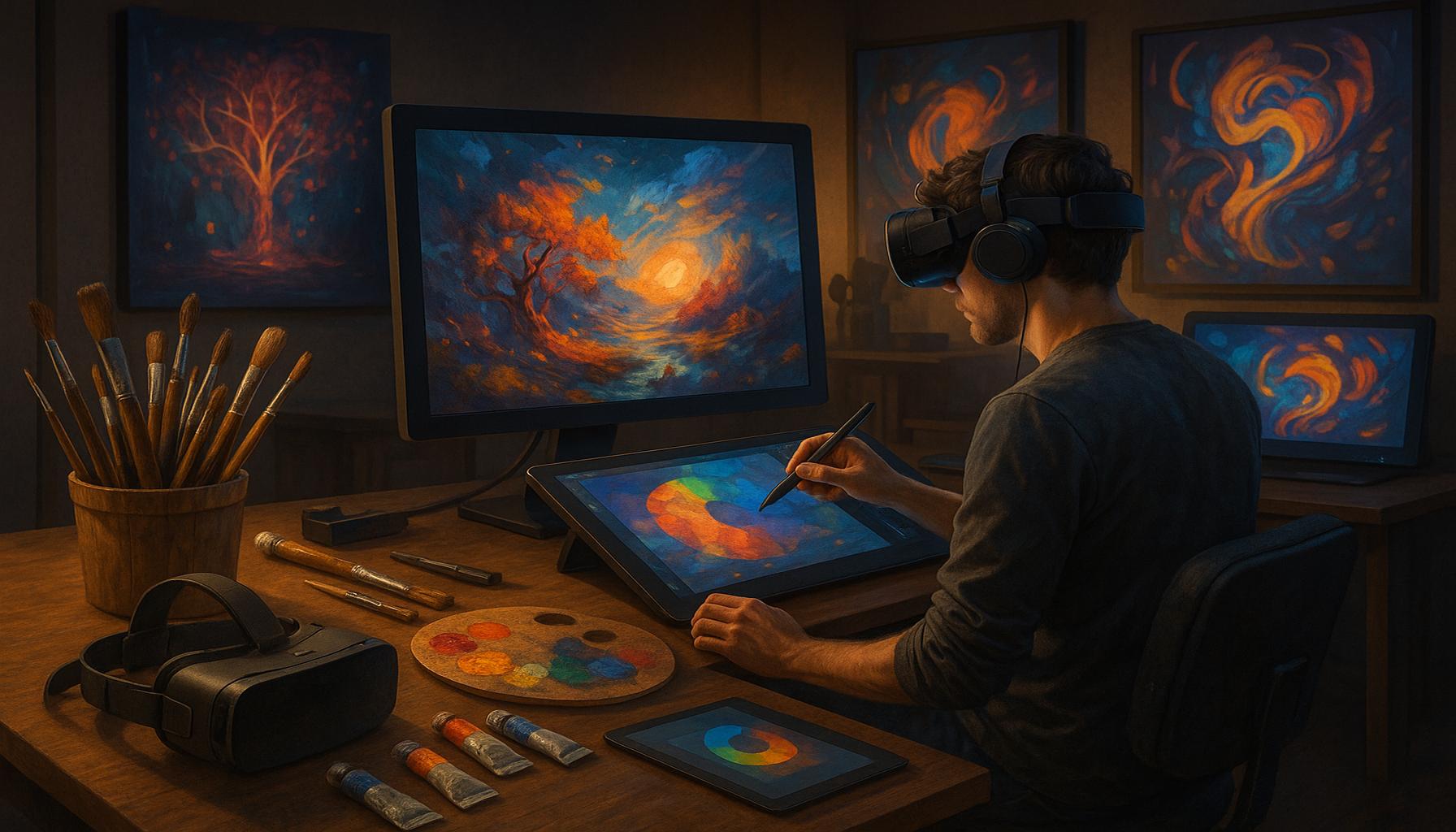
Transformative Shifts in Artistic Expression
The landscape of artistic expression has undergone a remarkable transformation in recent years. With the advent of technology, digital art has emerged as a revolutionary medium, enabling artists to redefine creative boundaries and explore new techniques. This evolution is not just a simple inclusion of technology but a profound shift that enhances creative freedom and expands the possibilities of visual storytelling.
One of the most significant impacts of this transformation is accessibility. Artists from all corners of the world can showcase their work on platforms like Instagram, DeviantArt, and Behance, reaching global audiences without the limitations of traditional galleries. This democratization of art allows emerging talents, often overlooked in physical venues, to establish their voices and build careers based on merit rather than connections. For example, artists like @bosslogic have gained international recognition through their innovative use of social media to share their digital illustrations, thus inspiring countless others.
Another crucial element is the versatility offered by digital tools. Programs such as Adobe Creative Suite and Procreate accommodate a blend of traditional techniques and cutting-edge methods, giving rise to hybrid art forms. For instance, artists can scan hand-drawn sketches and layer them with digital effects in a seamless workflow. This adaptability not only allows for varied artistic styles but also fosters experimentation. A striking example can be seen in the work of artist and animator Hayao Miyazaki, who, although known for his traditional animations, has increasingly embraced digital tools to enhance his storytelling.
Moreover, interactivity is changing how audiences engage with art. This is evident in the emergence of interactive installations and art apps that invite viewers to participate actively rather than passively observe. Virtual reality (VR) and augmented reality (AR) have opened up exciting possibilities for immersion, allowing viewers to dive into three-dimensional worlds crafted by their favorite artists. For example, museums and galleries, including the Museum of Modern Art in New York, are incorporating AR experiences that transform viewers’ understanding of classic works by superimposing contextual layers of information and animation.
As we observe this rapid evolution in digital art, it becomes clear that technology is not only a tool for creativity but also a catalyst for cultural dialogue. From iconic street murals created with digital spray paint to intricate animations crafted on tablets, the diversity in digital art is vast. The fusion of technology with artistic expression challenges us to rethink our definitions of art and creativity. As we delve deeper into this article, we will explore how technology continues to shape the world of artistic creation and the implications for both artists and audiences alike.
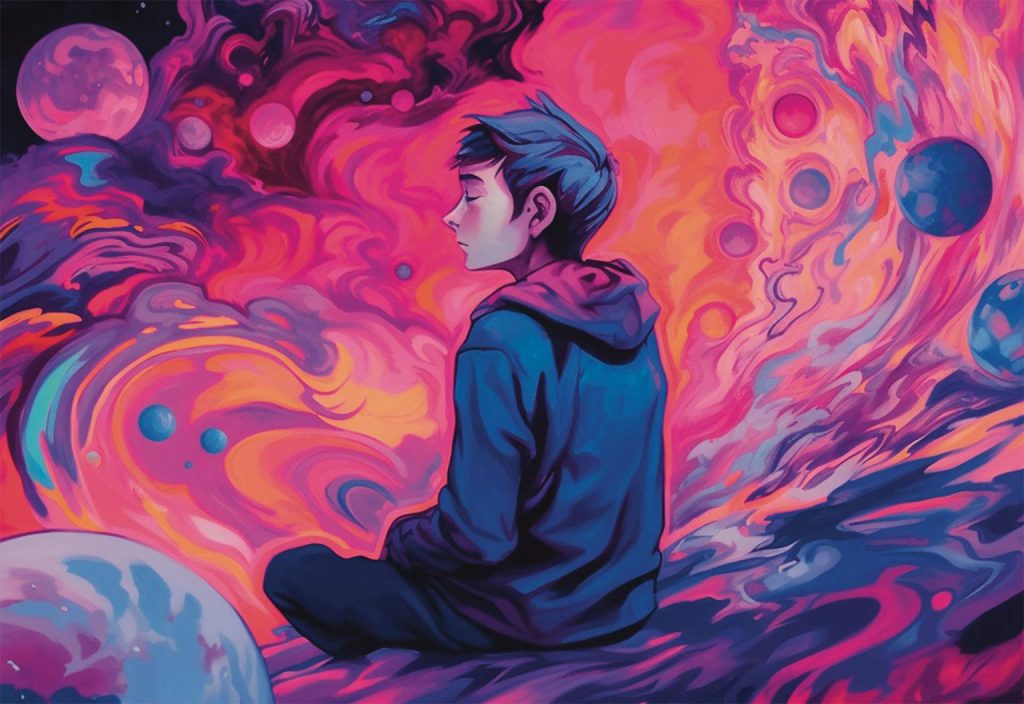
DISCOVER MORE: Click here to dive into the evolution of digital art
The Intersection of Technology and Creativity
The evolution of digital art represents a paradigm shift in the way artists create and interact with their audience. As technology advances, both emerging and established artists are leveraging new tools to enhance their creative processes. This intersection of technology and creativity has not only transformed traditional artistic practices but also revolutionized entire industries.
One of the most prominent aspects of this transformation is the introduction of digital canvases that allow for endless experimentation. Unlike traditional mediums that may require costly materials or lengthy setup times, digital platforms provide artists with the flexibility to create without constraints. Artists can easily modify their work, experiment with color palettes, and incorporate a variety of textures, all with a few clicks. In essence, the ability to undo a stroke or alter a composition at any stage has alleviated the pressure of permanence that often accompanies physical mediums.
Moreover, the rise of artificial intelligence (AI) is pushing the boundaries of digital art further. AI-generated artwork is becoming more prevalent, fueling intriguing conversations about authorship and the creative process. Tools such as DALL-E, an AI model developed to generate images from textual descriptions, can produce stunning visuals in an instant. This technology raises questions about what defines artistry in an age where machines can replicate techniques and styles traditionally associated with human creators.
Here are some ways technology is reshaping the world of digital art:
- Enhanced Tools: Advanced software like Clip Studio Paint and Corel Painter offer specialized features tailored for digital artists, including customizable brushes and perspective guides.
- Marketplace Expansion: Online marketplaces such as ArtStation and Society6 provide platforms for artists to sell digital prints and merchandise, reaching consumers more widely than traditional galleries.
- Community Building: Social media has become a vital tool for artists to build networks, share their work, and collaborate with others, fostering a sense of community that transcends geographic boundaries.
Furthermore, the rise of creative coding and 3D modeling is reshaping artistic creation, enabling artists to express their visions in innovative formats. Artists like Casey Reas, co-creator of Processing, have harnessed the power of code to create visually dynamic compositions. This approach not only challenges established notions of art but also introduces a new level of interactivity and engagement for the audience.
As we explore the evolution of digital art, it becomes evident that this transformative journey is enabling a more democratized and interconnected artistic community. The use of technology encourages collaboration, enhances creative processes, and opens doors to possibilities previously thought unattainable. As we continue, we will delve deeper into the implications of these innovations, examining not just how technology shapes production, but also how it influences the perception and consumption of art in contemporary society.
The Journey of Digital Art
The evolution of digital art has been a fascinating journey, deeply intertwined with advancements in technology. Over the last few decades, as tools and media have transformed, so too has the very notion of what constitutes art. The surge in computational power and graphic design software has empowered artists to experiment with forms that were unimaginable just a little while ago. Now, digital canvases can display a palette of colors that blend and interact in ways traditional mediums cannot, pushing the boundaries of creativity.One notable innovation has been the rise of digital painting software. Applications like Adobe Photoshop and Corel Painter allow artists the ability to create lush, vibrant illustrations with a few clicks. Moreover, the accessibility of graphic tablets has made it easier for emerging artists to hone their skills. These technologies offer less pressure on resources—no worrying about canvases, paints, or brushes. Instead, they focus purely on the ideation process, enabling them to capture ephemeral moments and concepts in real time.Additionally, 3D modeling and animation technologies have taken digital art into new realms. Artists can now create entire worlds from scratch, filling them with dynamic, animated characters that breathe life into their visions. Industries from gaming to film increasingly rely on these digitally crafted elements, highlighting how integral digital artistry has become in contemporary culture. As immersion in virtual reality becomes more commonplace, digital art will, undoubtedly, continue to redefine itself.The infusion of artificial intelligence into the artistic process has created another exciting avenue for exploration. AI programs can analyze patterns and techniques from centuries of art history and propose unique styles or mash-up elements that could inspire artists to explore unchartered territories. This intersection of creativity and algorithms will invite us to question the essence of artistic originality and spark debates about the role technology plays in creative expression.As digital platforms like social media and online galleries have become the primary means to showcase art, artists can now reach a global audience instantly. This democratization of art exhibition has not only disrupted traditional models but has also allowed for diverse voices and perspectives to flourish. As the landscape continues to evolve, it is vital to appreciate the intricate relationship between technology and art, illustrating how each step forward shapes the other.
| Category | Advantages |
|---|---|
| Digital Tools | Enhances creativity and offers limitless possibilities for experimentation. |
| Global Reach | Allows artists to showcase their work to diverse audiences through online platforms. |
In conclusion, the transformation brought about by technology is as much about expanding artistic boundaries as it is about redefining the audience’s experience of art. The interplay between technological evolution and artistic expression invites ongoing exploration, encouraging a continuous dialogue about the future of creativity.
DISCOVER MORE: Click here to unlock your creativity
The New Frontiers of Digital Art
As technology continues to reshape the landscape of artistic expression, the emergence of virtual reality (VR) and augmented reality (AR) has opened entirely new frontiers for digital artists. These immersive technologies allow creators to construct and manipulate three-dimensional environments, offering an unprecedented opportunity for audiences to engage with art on a visceral level. Artists can now create interactive installations that place viewers inside their artwork, transforming the act of observation into an experience of participation.
For instance, renowned artist Marina Abramović has ventured into the realm of VR with works that challenge the boundaries of presence and absence. Through VR, viewers can step into a digital version of a performance piece, thus redefining their relationship with both the artist and the art itself. This shift toward immersive experiences illustrates how technology not only changes the medium but also enhances the emotional connection between art and its audience.
Moreover, the application of blockchain technology and non-fungible tokens (NFTs) has created a seismic shift in the ownership and value of digital art. By enabling artists to mint their works as unique digital assets, NFTs have introduced new revenue streams for creators while simultaneously securing provenance—essentially providing a digital certificate of authenticity. Platforms like OpenSea and Rarible allow artists to sell their digital creations in a decentralized marketplace, democratizing access to art and allowing artists to reach global audiences without the need for intermediaries.
The NFT boom, however, raises critical discussions about sustainability and the environmental impact of blockchain technology. Critics argue that the energy consumption required for minting NFTs can overshadow their artistic merit. The discourse around NFTs serves as an important reminder of the need for responsible innovation, urging artists and technologists alike to create solutions that harmonize creativity with ecological considerations.
Furthermore, the blending of digital art with traditional forms has birthed a new genre known as mixed reality (MR). By combining physical and digital elements, artists can create dynamic experiences that challenge preconceived notions of what constitutes art. For example, artists like Kara Walker are exploring how digital projection can enhance her powerful installations, thereby inviting viewers to reconsider historical narratives through a modern lens. Such approaches signify a shift toward a more holistic understanding of art, where boundaries between mediums blur, and innovation reigns supreme.
This pivotal moment in the evolution of digital art also extends to the realm of education. Online courses and webinars are proliferating, allowing aspiring artists to learn from industry leaders without geographical restrictions. Platforms like Skillshare and Udemy offer courses specifically tailored to digital art techniques using sophisticated software and tools, ensuring that the next generation of artists is equipped to thrive in this ever-evolving landscape.
The impact of technology on the artistic creation process is profound, shaping not only how art is made and consumed but also how it is valued and understood. As we continue to explore these developments, a deeper understanding emerges of the ways in which embracing technology can enrich the artistic community. In doing so, it is essential to recognize the inherent responsibility that comes with the power of digital creation, ensuring that the evolution of digital art remains both innovative and sustainable.
DISCOVER MORE: Click here to unlock your creative potential
Conclusion
The evolution of digital art exemplifies a remarkable intersection of creativity and technology that continues to redefine the landscape of artistic creation. As we have explored, innovations such as virtual reality (VR), augmented reality (AR), and blockchain technology are not merely tools but catalysts for a transformative artistic experience. These advancements have empowered artists to create immersive works that challenge conventional boundaries, engaging audiences in unprecedented ways.
Furthermore, the rise of non-fungible tokens (NFTs) has revolutionized ownership and valuation within the digital art marketplace, allowing artists to gain recognition and secure their intellectual property in a decentralized environment. Yet, as with any innovation, the discourse around the sustainability and environmental impact of such technologies underscores the complexities of this evolution, urging creators and technologists to prioritize responsible practices.
Moreover, the blending of digital art with traditional forms is paving the way for mixed reality (MR) experiences, expanding the definitions and expectations of what art can encompass. This ongoing transformation highlights the vital role of education in equipping the next generation of artists with the necessary skills to navigate this dynamic realm.
Ultimately, the evolution of digital art reflects a broader narrative about societal change and the human experience. By embracing technology, artists are not only pushing creative limits but also fostering deeper connections with their audiences. As this journey unfolds, it invites us to contemplate the future of art and the role we all play in shaping it. The melding of art and technology is just beginning, and the possibilities are as limitless as the imagination itself.
